
EXPERIENCE THE GOLD'S STANDARD
The brand you know and trust. Since 1965, our legacy of strength and dedication is central to Gold’s Gym BC. Discover an elite fitness experience with the latest in gym equipment and our Personal Trainers by your side.
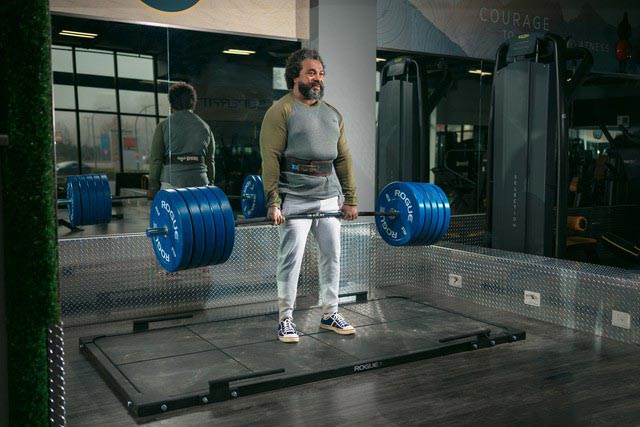


BUILT BY GOLD'S
At Gold’s Gym BC, we build more than bodies – we build lifestyles. Our goal is to help you achieve yours. Gold’s Gym BC provides the tools and the community support you need to transform not just your body, but your life.


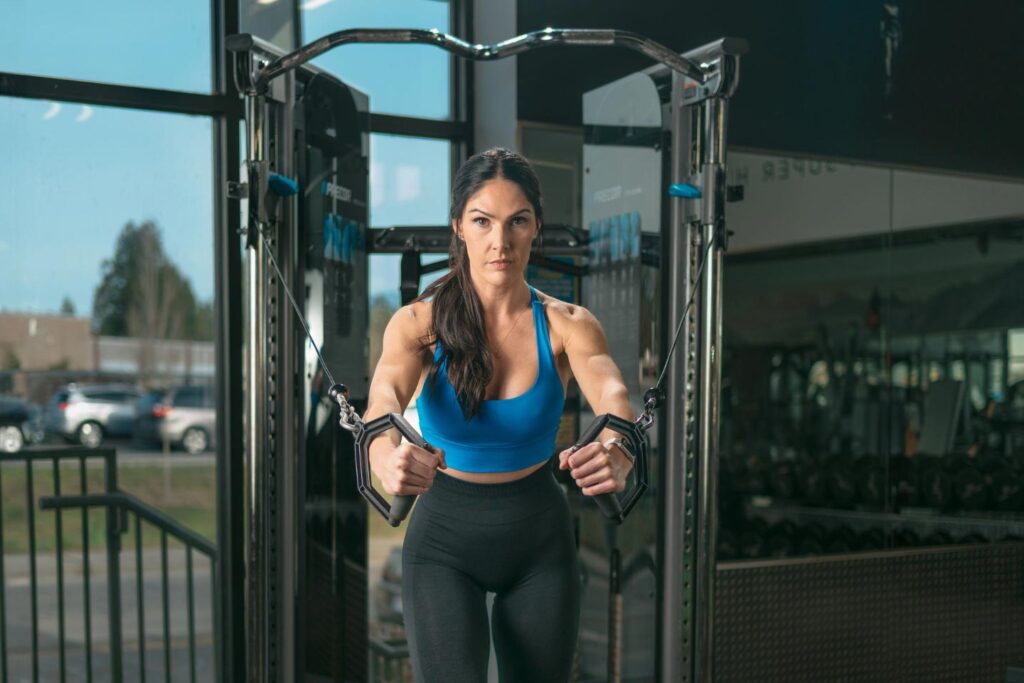
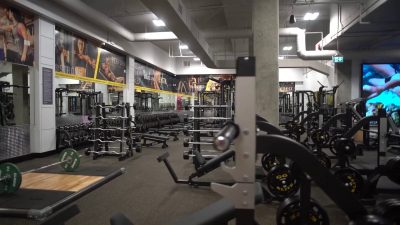 WEST BROADWAY
WEST BROADWAY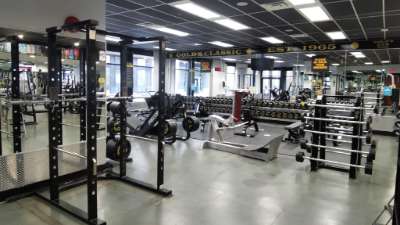 UNIVERSITY MARKETPLACE
UNIVERSITY MARKETPLACE COQUITLAM
COQUITLAM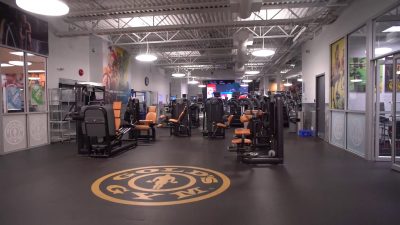 LANGLEY
LANGLEY